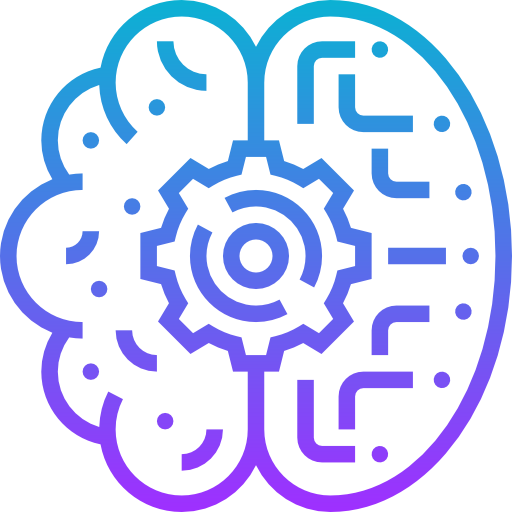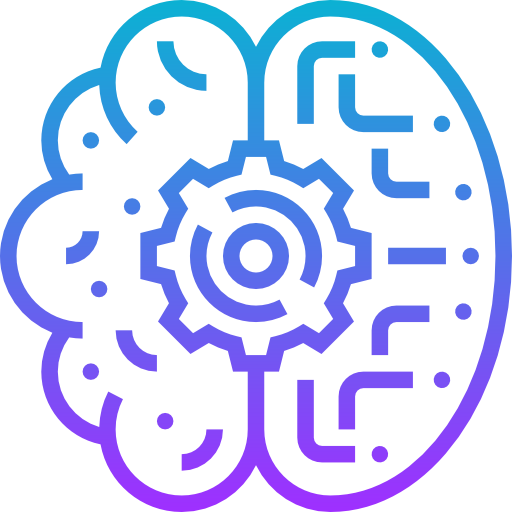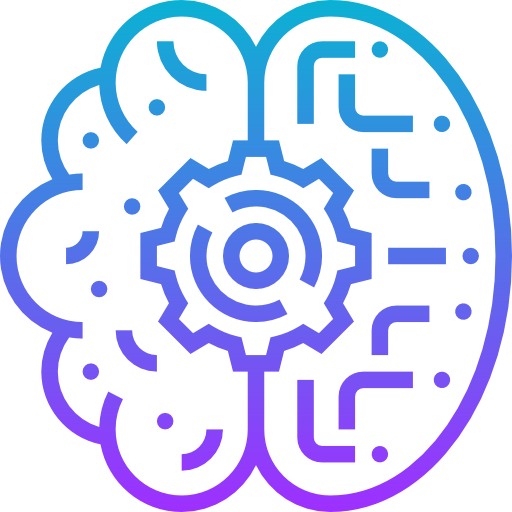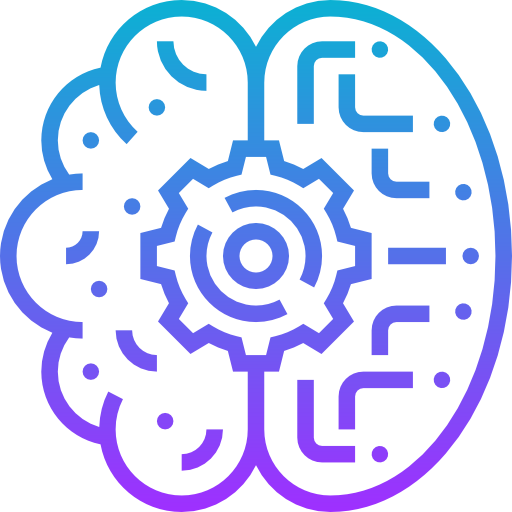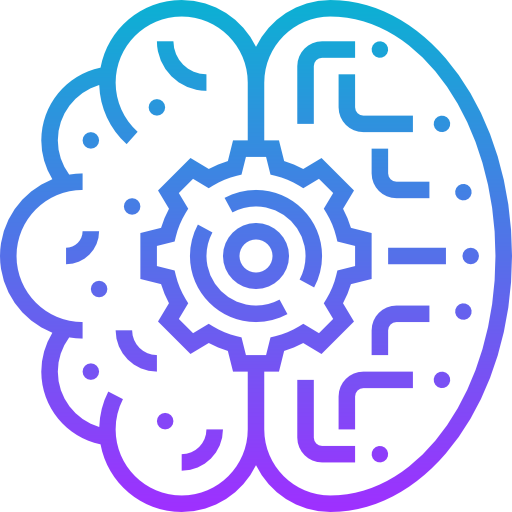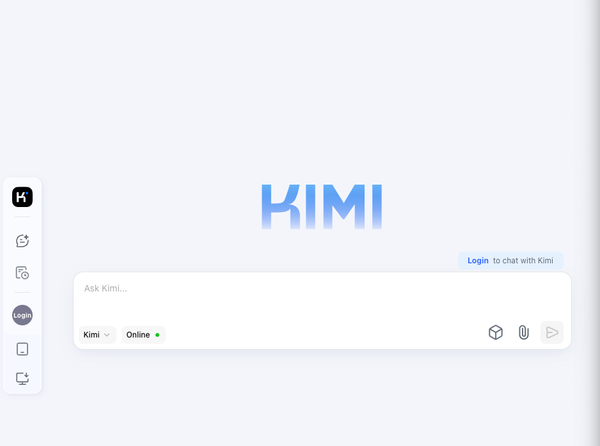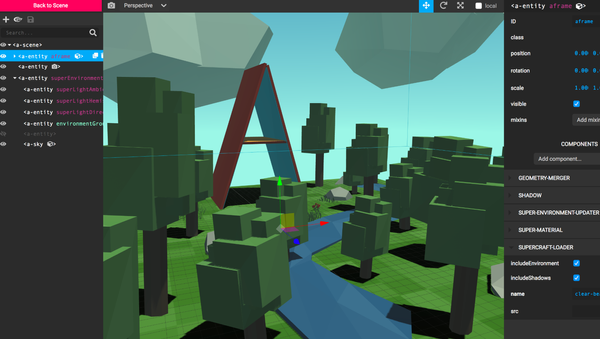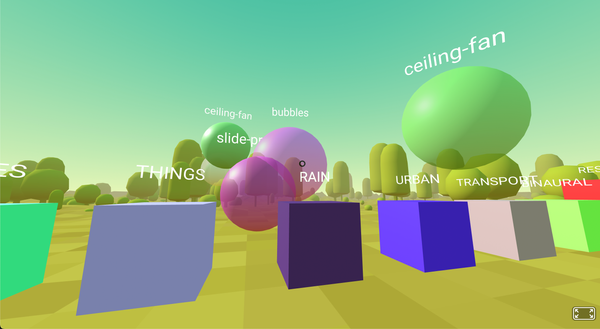Traditional AI VS Prompt AI: How the New AI Wave is changing the World and Production and Creativity!
Table of Content
How AI is Changing the Game!
Imagine a world where you could brainstorm a business plan, create stunning visuals, or even write a novel—all with a simple text command. That’s not science fiction; it’s the reality of AI today. As someone who has worked in both medicine and software development, I’ve seen firsthand how artificial intelligence (AI) has transformed industries. But the shift from Traditional AI to Prompt AI (Generative AI) is more than an upgrade. It’s a revolution.
This isn’t your grandparent’s AI that silently ran behind the scenes. The new wave of AI, powered by tools like ChatGPT, DALL·E, and open-source large language models (LLMs), puts creativity and problem-solving directly into your hands. Let’s dive into the differences, real-world examples, and the massive potential—and pitfalls—of this technology.
Traditional AI: The Quiet Powerhouse
Before we get all excited about Generative AI, let’s give credit to Traditional AI for laying the groundwork. This is the kind of AI you interact with daily, often without realizing it. Think of it as the silent worker behind the scenes, optimized for specific tasks.
Everyday Examples of Traditional AI
- Healthcare: AI-powered diagnostic tools like IBM Watson Health analyze X-rays, detect cancer, and predict treatment outcomes. Tools like these have been game-changers in early disease detection.
- Tech and Retail: Amazon’s recommendation system and Netflix’s content suggestions work because of Traditional AI, ensuring you keep binge-watching or shopping.
- Security: Bank fraud detection systems flag suspicious transactions instantly.
While Traditional AI excels at specific, rule-based tasks, it has its limits. It requires massive amounts of labeled data and can only do what it’s trained for. Think of it as a specialist—fantastic at its job, but not great at multitasking.
Prompt AI: The Creative Powerhouse
Now let’s talk about the rockstar of AI—Prompt AI or Generative AI. Unlike its traditional counterpart, this type of AI is designed to create. All it needs is a prompt. Want a business canvas? Done. Need a marketing plan? Done. Want to host an offline AI model for private brainstorming? Yes, that’s possible too.
How Prompt AI Changes the Game
- Flexibility: Traditional AI sticks to its lane, while Prompt AI is the jack-of-all-trades. From writing poetry to debugging code, its versatility is mind-blowing.
- Ease of Access: You don’t need a Ph.D. in data science to use it. Just ask ChatGPT (or its open-source alternatives such as Jan, LM Studio) in plain English, and you’re good to go.
- Creativity at Scale: Whether you’re an artist or a startup founder, Prompt AI can be your creative partner, helping you explore ideas you hadn’t even considered.
Cool Use Cases Everyone Should Know About
- Business Planning: Generative AI can spit out a project roadmap, marketing plan, or even a financial projection with just a simple query. Imagine saving hours of brainstorming.
- Coding: Tools like GitHub Copilot or TabNine generate boilerplate code, debug errors, or suggest optimizations in real time.
- Offline Models: With open-source LLMs like Llama 2, you can now run AI models on your laptop or local server. Privacy? Check. Flexibility? Double check.
- Design and Content Creation: Want a minimalist logo? Describe it. Need blog content? Ask for it. You’re no longer limited by your skills or resources.
Prompt Engineering: The Skill Everyone Needs
If you’ve ever typed a question into ChatGPT and thought, “That’s not quite what I meant,” you’ve experienced the art (and science) of Prompt Engineering. This new skill is all about crafting precise inputs to get the best outputs. It’s like learning to speak a new language, except the language is designed to interact with machines.
How Prompt Engineering Transforms Work
- Efficiency: A well-crafted prompt can save hours of iteration, whether you’re writing a business report or generating test cases.
- Creativity Boost: Struggling with ideas? A carefully worded prompt can unlock a flood of creative suggestions.
- Adaptability: Whether you’re a marketer, developer, or researcher, knowing how to frame your request can make all the difference.
Examples:
- For a business plan: "Draft a lean business canvas for a tech startup targeting the healthcare industry."
- For coding: "Generate Python code for a RESTful API that handles user authentication."


AI Offline: Privacy Meets Power
One of the most exciting developments in Prompt AI is the rise of offline AI models. Tools like Llama 2 and GPT-J allow you to harness the power of Generative AI without relying on cloud-based services.
Why Go Offline?
- Privacy: Keep sensitive data off the internet.
- Customization: Fine-tune models to your specific needs without external interference.
- Cost-Efficiency: Avoid subscription fees while still accessing cutting-edge tech.
Getting Started
Running an AI model offline is easier than you think. With frameworks like Hugging Face Transformers or Stable Diffusion, you can have your own creative assistant on your machine. It’s like having a personal ChatGPT, but private and customizable.

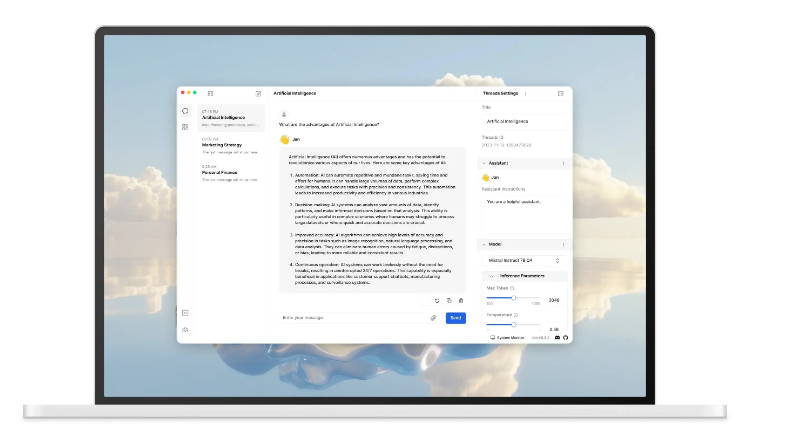


Does AI Make Us More Productive or Just Lazy?
Let’s address the elephant in the room. With AI doing so much, are we becoming more efficient or just lazy?
Productivity Boosts
AI shines when it comes to saving time:
- Doctors spend less time on paperwork and more on patient care.
- Developers focus on innovation instead of repetitive coding.
- Marketers create campaign plans in minutes instead of days.
The Risk of Over-Reliance
However, over-dependence on AI can dull critical skills. If you’re always asking an AI to debug your code, when was the last time you solved a problem from scratch? Balance is key. Use AI as a tool, not a crutch.
Creativity Amplified, Not Replaced
The idea that AI might replace human creativity is a common fear, but the reality is different. Generative AI is less about taking over and more about amplifying what we can do.
Real-World Examples
- Writers: Tools like Sudowrite help authors break through writer’s block.
- Artists: Platforms like DALL·E and Stable Diffusion allow anyone to create professional-grade visuals. You can even have several models to generate art in app like Diffusion Bee.
- Musicians: AI tools can compose background tracks or assist in mastering audio.
AI is a collaborator, not a competitor. It can’t replace your unique vision, but it can help bring it to life.
Final Thought: Embrace the Future of AI
The shift from Traditional AI to Prompt AI marks a turning point in how we work, create, and innovate. Whether you’re drafting a business proposal, debugging code, or creating art, the possibilities are endless. And with offline models, this power is becoming more accessible and private.
Does AI make us lazy? Only if we let it. Like any tool, its value depends on how we use it. Embrace it wisely, and it can make you more productive, more creative, and more inspired. The future is here—let’s build it together.



